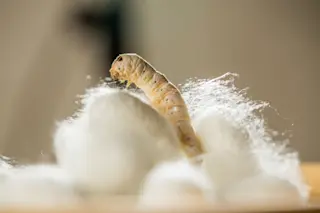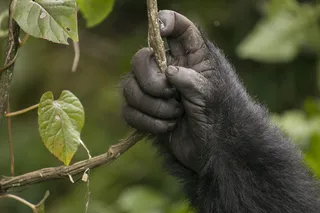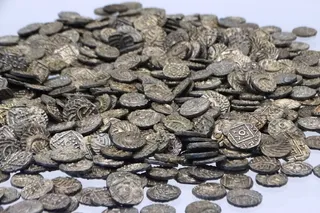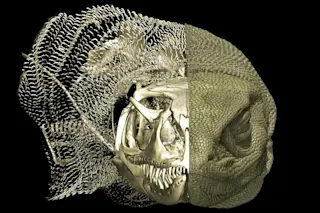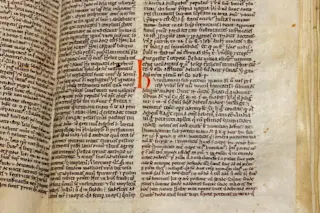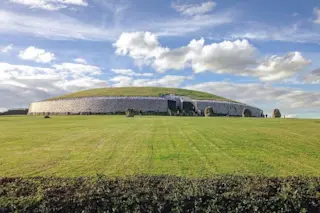David Kaplan has been working with silk for decades, molding and shaping it into scaffolds, sponges, and films. His lab, the Kaplan Lab, is strewn with the substance, stacked with cases of silk cocoons and wads of silk from around the world, all awaiting their transformation into new forms. Kaplan, a biomedical engineer at Tufts University, has studied silk since the 1990s, uncovering ways to build bodily tissues from its fibers. But centuries before Kaplan was born, healers turned to silk to solve medicine’s most pressing problems.
With strength that rivals steel and unique compatibility with the human body, silk is an ideal material for everything from wound closure to drug delivery. Today, scientists are still taking advantage of silk’s abilities, positioning the ancient fiber to play a role in modern medicine as a multipurpose biomedical material.
The story of silk begins in China, where it was supposedly woven into ...


